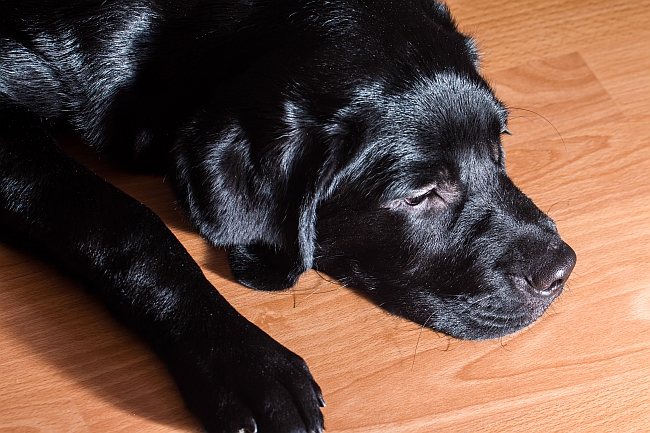
When we consider a cat or dog’s fur, usually we think of the amount of shedding they do, how often we have to brush them, or whether or not we prefer long hair breeds or shorthair breeds. Seldom do pet owners consider looking to their animal’s coat as an informant about their health.
Surprisingly, the condition of a pet’s coat reflects a lot of the internal harmony or chaos of whatever may be going on inside. Find out what your cat or dog’s coat can show you.
What the Signals Mean
Below are some tell-tale signs of poor health reflected in a creature’s coat. They often indicate imbalanced nutrition, an illness or agitation that you may not be aware of:
- Dull coat: A healthy coat will be full, thick and shiny. When a dog or cat’s coat starts to look dry, dull and begins to thin, it is usually an indication that they are not getting sufficient nutrients, or that something important is lacking from their diet. They could be suffering from a lack of omerga-3 oils, fish oils or healthy proteins that would add luster to their coats. They could also be consuming pet foods with poor quality ingredients, unhealthy “fillers” and mainstream or commercially produced pet foods. To improve the dog’s health, it would be advisable to switch to a food based on genuinely natural ingredients filled with vitamins, fruits, vegetables, minerals, and quality proteins to help restore the cat or dog to his full potential.
- Excessive shedding: If a pet is not getting the right “healthy fats” his skin will dry considerably, causing him to lose more hair than average. Omega fatty acids, vitamin E, and other nutrients help keep the skin moisturized and supple, and if an animal does not get these fats, they cannot absorb fat soluble vitamins that are so important for their coat’s health. This is another reflection of the important role nutrition plays an animal’s overall wellness.
- Hot spots: Sometimes a dog or cat might have hot spots in their fur when there is a lot of shedding, or when loose hair is getting caught in the pet’s undercoat, and causing agitation. A healthy diet will address the shedding issues, along with regular to brushing and grooming. Using an efficient de-shedding tool (such as the FURminator) will decrease the likelihood of hot spots.
- Over-grooming: Cats have a tendency to groom frequently throughout the day, but intensely grooming more than usual could indicate skin infections, dryness, allergies, insect bites, flea infestations, or acute dermatitis.
- Under-grooming: When a cat’s coat is matted, greasy, and unkempt or looks as if he has neglected grooming it, this is certainly a cause for concern as a healthy cat grooms often throughout the day. This may mean your cat has anything from arthritis, or a bladder infection, diabetes, or even dental problems or gum disease. If a cat fails to groom as usual, you can be sure that something is very wrong with his health.
- Strong odors: Though most cats and dogs do not smell like roses all the time, a fresh shampoo should rid them of any lingering musty smells for a least several days to a week. However, if the pet still has a pungent foul odor even after a bath, it could indicate fungus, infections, or dry scabby skin. If the stench persists, you would be best advised to go to the vet.
Nutrition
Like humans, whatever animals eat has a great effect on their bodies. A poorly balanced diet will be reflected in the pet’s appearance and immune system, while a healthy diet will evidently fortify him. Since canine and feline coats are largely comprised of proteins, a lack of good proteins, oils, healthy fats and vitamins in the diet will be evident in the condition of his coat. Wellness begins in the food that is consumed, so if you have any concern, try feeing your pet an archedtypal diet based on the nutrients he might receive naturally in the wild. Not only will this cause the pet’s energy, stamina, mood, demeanor and physical health to improve, but his appearance will as well.

